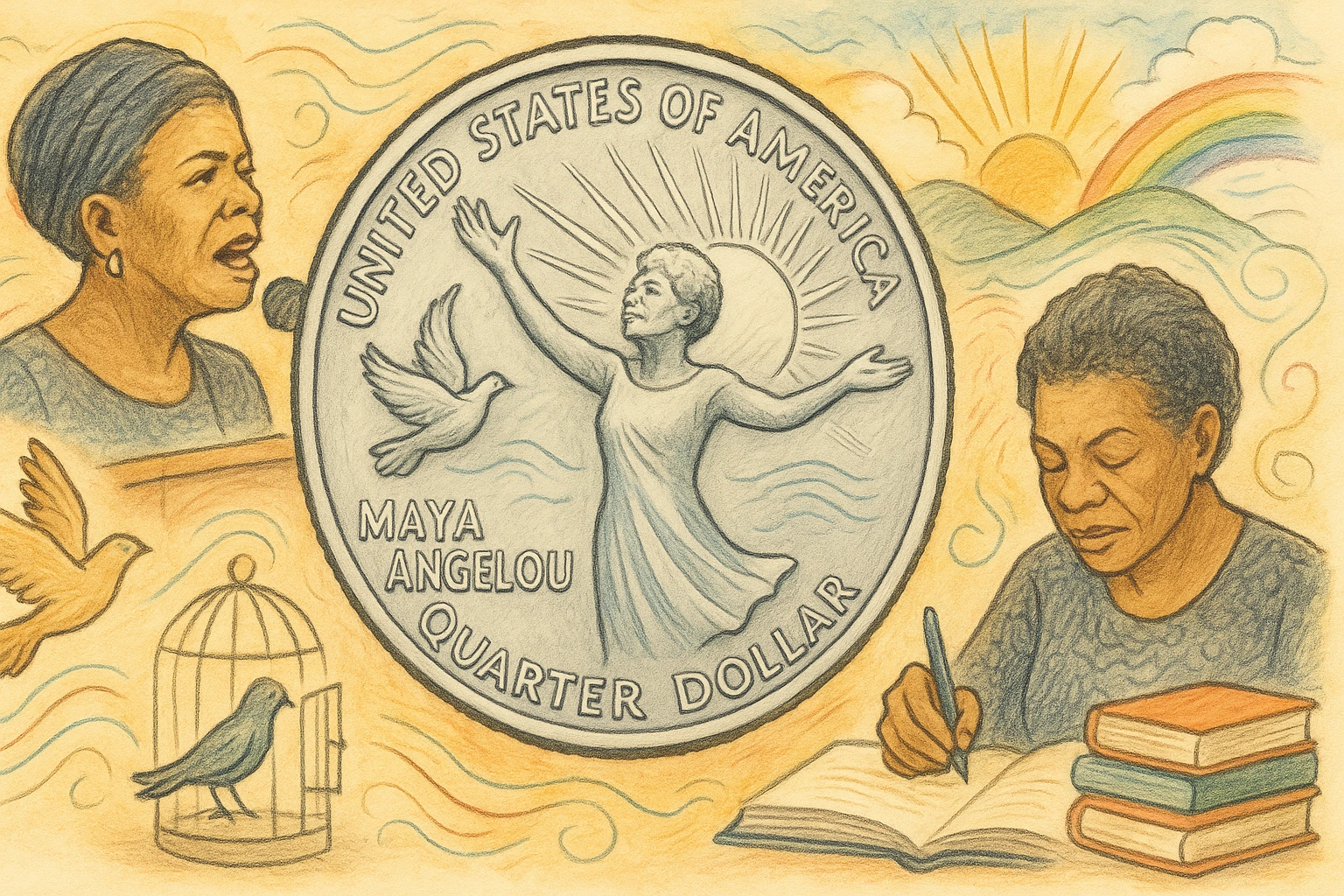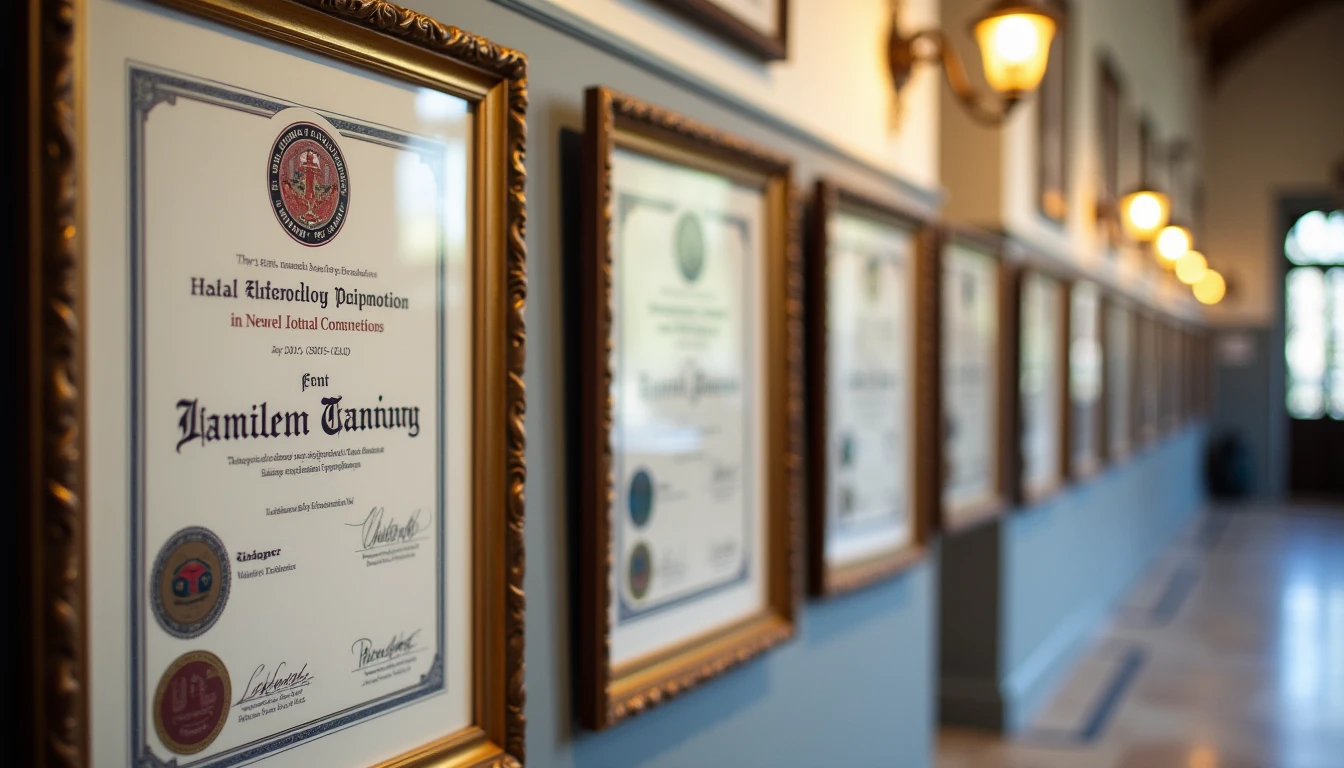In the world of numismatics, few discoveries match the thrill of uncovering a rare coin with a six-figure price tag—or more. For collectors of Asian coins, that thrill isn’t just a dream; it’s a very real possibility. From dynastic relics to political prototypes, Asia’s coinage is a treasure trove of history, artistry, and financial opportunity. Whether you’re a seasoned investor or a curious enthusiast, understanding which foreign coins worth money—and why—is essential to making informed collecting decisions.

Why Are Asian Coins So Valuable?
Asian coins—particularly from countries like China, Japan, and Korea—are exploding in global demand, and the reasons go far beyond their age. Several unique factors contribute to their rising value:
1. Historical Importance
- Many of Asia’s most valuable coins were minted during moments of major political transition: the fall of dynasties, the rise of republics, or colonial occupations. These coins often mark pivotal turning points in national histories.
2. Extreme Rarity
- Unlike mass-produced coins of the modern era, early Asian coins—especially those classified as pattern or trial pieces—were made in very limited quantities. In some cases, only a single surviving example exists.
3. Cultural and Artistic Appeal
- Asian coinage frequently features intricate motifs such as dragons, phoenixes, emperors, and symbolic inscriptions, making them not only financial assets but cultural artifacts.
4. Surging Market Demand
- Fueled by rising wealth in Asian countries and growing interest among Western collectors, demand for rare Asian coins has led to sharp increases in auction prices over the past two decades.
Five Six-Figure (and Beyond) Asian Coin Highlights
Some Asian coins have crossed into the realm of ultra-high net worth collectibles, rivaling or exceeding the prices of gold bars, classic cars, or fine art. Here’s a deep dive into two of the most iconic examples.
1. 1903 Fengtien Tael (China)
- Value: Sold for over $6.9 million in 2022
- Rarity: Fewer than 2 examples known to exist
- Type: Silver Tael coin minted at Mukden Mint
This coin is widely considered the “King of Chinese Coins.” Struck in 1903 during the waning years of the Qing Dynasty, the Fengtien Tael was never meant for mass circulation. Its design reflects the Qing court’s effort to modernize coinage while still reflecting imperial authority.
Notably, this coin made its public debut at the 1904 Louisiana Purchase Exposition in St. Louis, giving it international exposure early on. The combination of mystery, scarcity, and design excellence has fueled its legend ever since.
Expert Note: The coin’s authenticity and provenance are well-documented by grading giants like PCGS, adding to buyer confidence and market value.
2. 1928 Zhang Zuolin Pattern Silver Dollar (China)
- Value: Reached $2.16 million at auction in 2021
- Rarity: Extremely limited prototype issue
- Type: Pattern coin featuring warlord Zhang Zuolin
Known as the “Mukden Tiger,” Zhang Zuolin briefly controlled parts of northeast China during a volatile period. The 1928 pattern silver dollar minted in his honor was never released for circulation, making it a prototype or trial coin.
Its allure lies in both its political backstory and the artistry of the design. Pattern coins are usually test strikes created for approval, and many don’t survive—especially those tied to controversial figures like Zhang.
Did You Know? This coin is part of a short-lived series, and other pattern coins from the same era are also gaining traction among elite collectors.
3. 1914 Yuan Shih-kai Pattern Silver Dollar (China)
- Estimated Value: Between $300,000–$600,000
- Origin: Tientsin Mint
- Type: Pattern coin with a unique portrait design
Yuan Shih-kai was China’s first president after the fall of the Qing Dynasty, and his presence on coinage signaled a major shift from imperial rule to republican leadership. While circulated coins featuring his image are relatively common, this 1914 pattern version—engraved by the renowned Luigi Giorgi—is a different beast entirely.
What makes it valuable?
- It features a strikingly different design compared to the mass-circulated dollar.
- As a pattern coin, it was never intended for wide distribution.
- Few surviving examples are known, most of them housed in elite collections or museums.
Collector Tip: Distinguishing pattern coins from their circulated counterparts often requires expert verification. High-resolution images and documented provenance are crucial.
4. 1911 Long-Whiskered Dragon Silver Dollar (China)
- Auction Price: $630,000 (sold in 2023)
- Minted: End of the Qing Dynasty
- Design: Elaborate dragon with extended whiskers—symbolizing power and longevity
Luigi Giorgi’s name appears again in the design credits for this breathtaking coin. The Long-Whiskered Dragon dollar is one of the final imperial coins minted before the fall of the Qing Empire.
It stands out for several reasons:
- The artistry of the dragon motif is highly sought after.
- The coin was likely produced as a presentation piece and never widely issued.
- Surviving specimens are almost always in exceptional condition, having been preserved intentionally.
Cultural Insight: Dragons in Chinese mythology represent imperial authority and cosmic balance, making this coin not only a financial prize but also a symbolic relic of China’s dynastic legacy.
5. 1867 Shanghai Tael – With Rays (China)
- Market Value: Around $1.99 million
- Historical Context: Minted in British-occupied Hong Kong, meant for Chinese commerce
- Unique Feature: A rare blend of British and Chinese iconography
This coin was part of a short-lived attempt to unify currency systems between British and Chinese economic zones. The controversial design, featuring rays behind Chinese characters, was quickly withdrawn, and most were melted down.
Only one known survivor is believed to exist, which skyrockets its value.
Why It Matters: This coin is a window into 19th-century trade dynamics, diplomacy, and failed economic experiments—making it both rare and historically layered.
Where to Find and Research Rare Asian Coins
If you’re looking to dive into the world of high-value Asian coin collecting, knowing where to start your research—and whom to trust—is half the battle. Fortunately, several platforms and events offer legitimate resources for collectors at all levels.
Top Resources for Collectors:
| Platform/Event | Description |
| Coin ID Scanner | A database with coins from all over the world and instant price comparison. |
| Numis Asia | Curated sales of rare Asian coins, with historical context and expert input |
| Hong Kong Coin Show | Premier coin expo in Asia; features live auctions and collector networking |
| VCoins | Online marketplace with verified dealers selling Asian and Middle Eastern coins |
Insider Tip: These platforms often release preview catalogs ahead of auctions—perfect for tracking price trends and spotting new collector favorites.
How to Identify Valuable Coins: Technology That Makes a Difference
With so many regional varieties, design differences, and counterfeit risks, identifying a valuable Asian coin isn’t always easy. Fortunately, technology is transforming the numismatic world—and Coin ID Scanner is at the forefront.

How Coin ID Scanner Helps:
- Uses AI-based image recognition to instantly identify a coin from a photo
- Offers estimated values, historical data, and rarity indicators
- Alerts users if a coin is known to have counterfeit variants
Whether you’re browsing a flea market, sorting through an inherited collection, or reviewing a dealer’s showcase, this app gives you real-time insights that were previously available only to experts.
Pro Tip: Combine tech with traditional knowledge. A solid app can spot surface details and provide leads, but pairing it with auction records and expert authentication gives you unbeatable confidence.
Tips for Aspiring Collectors
Whether you’re just starting your numismatic journey or looking to level up your collection, navigating the world of Asian coins requires a blend of curiosity, discipline, and the right resources. Here are practical, experience-backed tips to help you avoid beginner pitfalls and increase your chances of finding—and preserving—a six-figure treasure.
1. Do Thorough Research
Before you buy any coin, know its backstory:
- Understand the historical context of the era.
- Study known variations and mint marks.
- Review recent auction results for value benchmarks.
Recommended Sources:
Use trusted sites like PCGS, NGC, Numis Asia, and major auction house archives such as Heritage Auctions and Stack’s Bowers. These sources offer verified pricing trends and population reports.
2. Prioritize Authentication and Grading
Always seek coins certified by top-tier grading services:
- NGC (Numismatic Guaranty Company)
- PCGS (Professional Coin Grading Service)
Graded coins come in sealed holders with tamper-proof labels that confirm:
- Authenticity
- Grade/condition
- Market-recognized serial numbers
Fact: A graded version of a rare coin can sell for 2–5x more than an ungraded one of equal condition, simply due to buyer trust.
3. Use Technology to Your Advantage
As mentioned earlier, Coin ID Scanner is a game-changing app for collectors. Here’s how to integrate it into your strategy:
- At Coin Shows: Snap quick photos to identify rare varieties.
- At Home: Catalog your collection with photos, grades, and notes.
- When Buying Online: Cross-reference listings with scanner results to verify authenticity and market value.
Bonus Tip: Save your scans and create a digital portfolio to track your collection’s worth over time.
4. Network and Learn from Experts
Join coin clubs, attend expos, and participate in online forums:
- The Hong Kong Coin Show and similar events often host lectures and workshops.
- Forums like CoinCommunity.com and NGC’s Collector’s Society are ideal for learning about rare Asian pieces directly from veteran collectors.
Why It Matters: Insider knowledge, private deals, and early auction previews often come from relationships—not search engines.
5. Stay Patient and Disciplined
Don’t rush into purchases because of hype. Focus on:
- Coins with verified provenance
- Historically significant types
- Pieces with limited population or known rarity
Keep an eye on long-term potential rather than chasing flashy trends. The most successful collectors often build quietly over decades.
How to Maximize the Value of Your Collection
Once you own a rare Asian coin—or a few promising ones—what’s next? Maximizing its value means not just holding onto it, but taking care of it and documenting it properly.
✔️ Proper Storage
- Use archival-quality holders or slabs
- Avoid direct sunlight, high humidity, or chemical cleaners
✔️ Documentation
- Maintain a digital and physical log of purchase receipts, grading certificates, auction records, and photos
✔️ Insurance
If your collection value exceeds a few thousand dollars, consider getting it insured. Many homeowner’s policies require an official appraisal.
The Asian coin market isn’t just a historical rabbit hole—it’s a vibrant, evolving ecosystem where history, artistry, and serious money converge. From the stunning 1903 Fengtien Tael to the mysterious 1867 Shanghai Tael, each six-figure coin tells a story of empire, transformation, and rarity.
But the real power lies in what you do with this knowledge. With proper research, authentic resources, and the right digital tools—like the Coin ID Scanner app—you can go from casual collector to expert-level investor.



